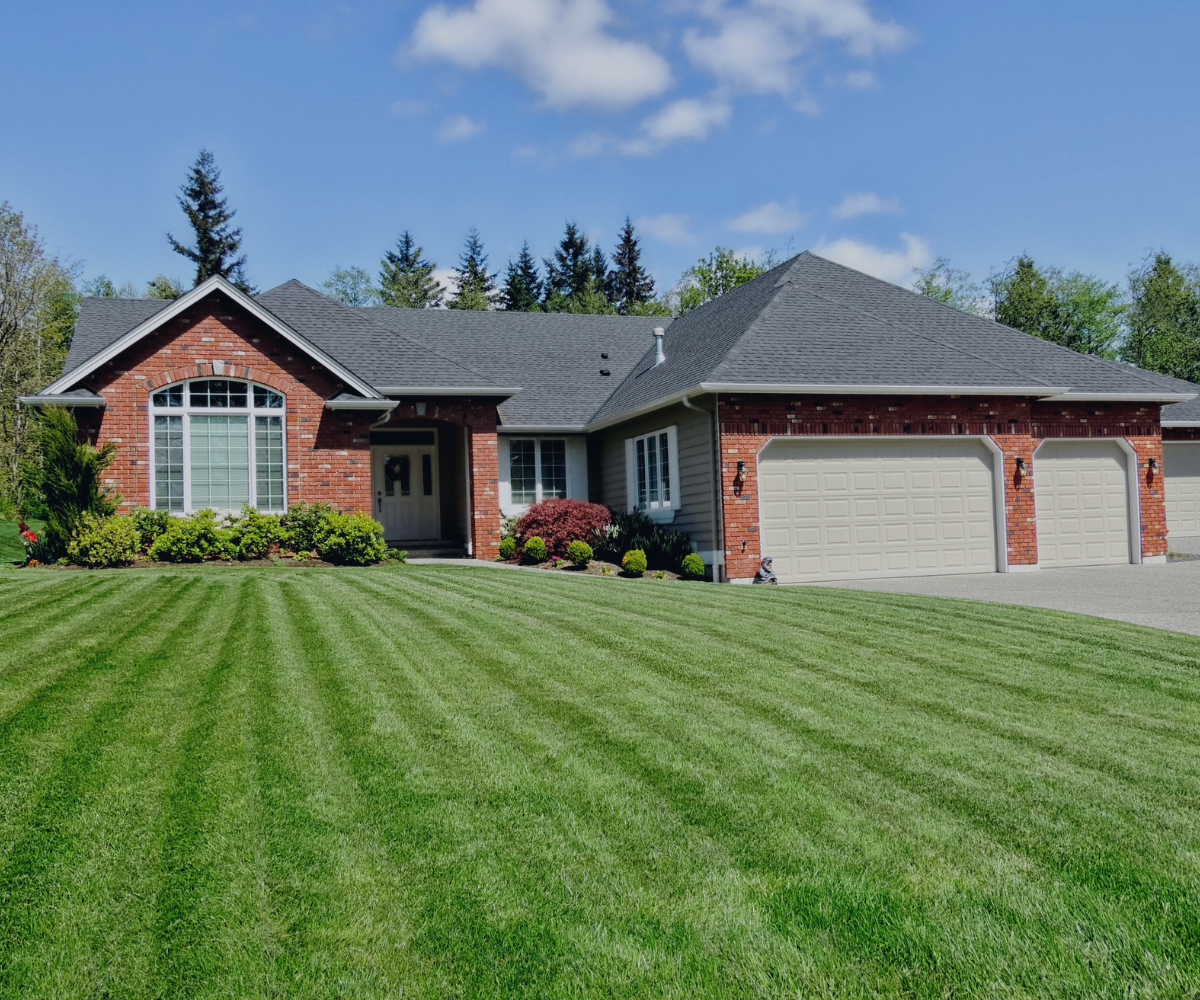What’s Your Style? A Guide to Popular Home Architectural Styles Across America


When it comes to buying or selling a home, one of the most fascinating—and often overlooked—aspects is architectural style. Understanding home styles is more than just trivia; it affects property value, marketability, and lifestyle compatibility. Whether you're preparing to sell, searching for a dream home, or just a real estate enthusiast, learning about popular home styles can empower your decision-making.
Here’s a helpful overview of prevalent residential architecture styles across the U.S., from historic New England classics to warm Southwestern builds. This guide will help you recognize professional terminology and align your preferences with your property goals.
🏡 Popular Home Styles Across the U.S.
1. Cape Cod
-
Defining Features: Compact, story-and-a-half structure with a symmetrical facade, steep gable roof, and central entrance.
-
Materials: Typically wood, brick, or aluminum siding.
-
Origin: Inspired by English cottages, this style became popular in the early 20th century, especially in the Northeast.
-
Modern Appeal: Known for its cozy charm and simplicity—ideal for buyers looking for starter homes or classic Americana aesthetics.
2. Dutch Colonial
-
Defining Features: Two to two-and-a-half stories with a signature gambrel roof (double slope on each side) and flared eaves.
-
Materials: Brick or wood shingles.
-
Unique Traits: Spacious interior layouts and nostalgic historical design make Dutch Colonials a popular choice in older suburbs.
3. Georgian
-
Defining Features: Formal, symmetrical two-to-three-story rectangular structure with multi-pane windows, brick facade, and central entry with columns.
-
Popularity: Most prevalent in New England and Mid-Atlantic regions.
-
Value Note: According to the National Trust for Historic Preservation, historic Georgian homes tend to hold value well due to their timeless style and architectural integrity.
4. New England Colonial
-
Defining Features: Gabled roofs, narrow clapboard siding, double-hung windows with wood shutters.
-
Layout: Boxy and efficient with small-pane windows.
-
Cultural Connection: These homes represent the oldest American housing stock, often found in Massachusetts and Connecticut.
5. Pueblo / Santa Fe
-
Defining Features: Flat roofs with rounded wood beams (vigas), adobe or stucco exteriors.
-
Common in: Southwestern states like New Mexico and Arizona.
-
Design Perks: Earthy materials and enclosed courtyards help regulate interior temperatures naturally, ideal for desert climates.
6. Queen Anne / Victorian
-
Defining Features: Ornate wood trim (often called “gingerbread”), asymmetrical facades, large porches, steep roofs.
-
Interior: Grand staircases, stained glass, and high ceilings.
-
Hot Markets: These homes are highly sought-after in San Francisco, parts of New Orleans, and older parts of the Midwest.
7. Ranch
-
Defining Features: Single-story, open-concept design, low-pitched roof.
-
Raised Ranch Variant: Two levels split at the entry foyer.
-
U.S. Appeal: According to a 2024 Rocket Homes study, ranch-style homes remain the most preferred style among Baby Boomers and Gen X buyers due to their accessibility and single-floor living.
8. Southern Colonial
-
Defining Features: Grand columns, symmetrical design, expansive porches.
-
Cultural Symbol: Often associated with plantation-era homes of the American South.
-
Location: Common in Georgia, South Carolina, and Louisiana.
9. Split-Level / Tri-Level
-
Defining Features: Living space staggered across two or three levels, connected by short flights of stairs.
-
Functional Advantage: Offers clear separation of public and private spaces, appealing to families and multigenerational living.
-
Market Insight: These homes gained popularity in the 1960s and 70s, and are often found in suburbs across the Midwest and Northeast.
10. Tudor
-
Defining Features: Decorative half-timbering, steep-pitched roofs, leaded glass windows.
-
Materials: Brick base with stucco and wood accenting.
-
Origin: Modeled after medieval English cottages.
-
Buyer Appeal: Their storybook look and solid construction make them especially appealing in upscale suburban neighborhoods.
🧠 Why Understanding Home Style Matters
Whether you're buying, selling, or renovating, understanding architectural styles helps you:
-
Accurately value a home based on comparable styles.
-
Appeal to your ideal buyer or renter by using style-specific marketing.
-
Preserve resale value by making style-appropriate updates.
According to the National Association of Realtors® 2023 Remodeling Impact Report (www.nar.realtor), homes that maintain their original architectural integrity see a higher return on investment (ROI) during resale—especially for historically significant styles like Victorian, Georgian, and Tudor.
🔍 Final Thoughts
From the cozy charm of a Cape Cod to the stately elegance of a Southern Colonial, each architectural style tells a story. Knowing what you’re looking at—and what it means—can be a powerful tool, whether you’re on the buying or selling side of a real estate transaction.
If you're unsure which home style fits your goals or how your home compares in today’s market, reach out for a personalized consultation. I’d love to help you match style with strategy.
Categories
Recent Posts










